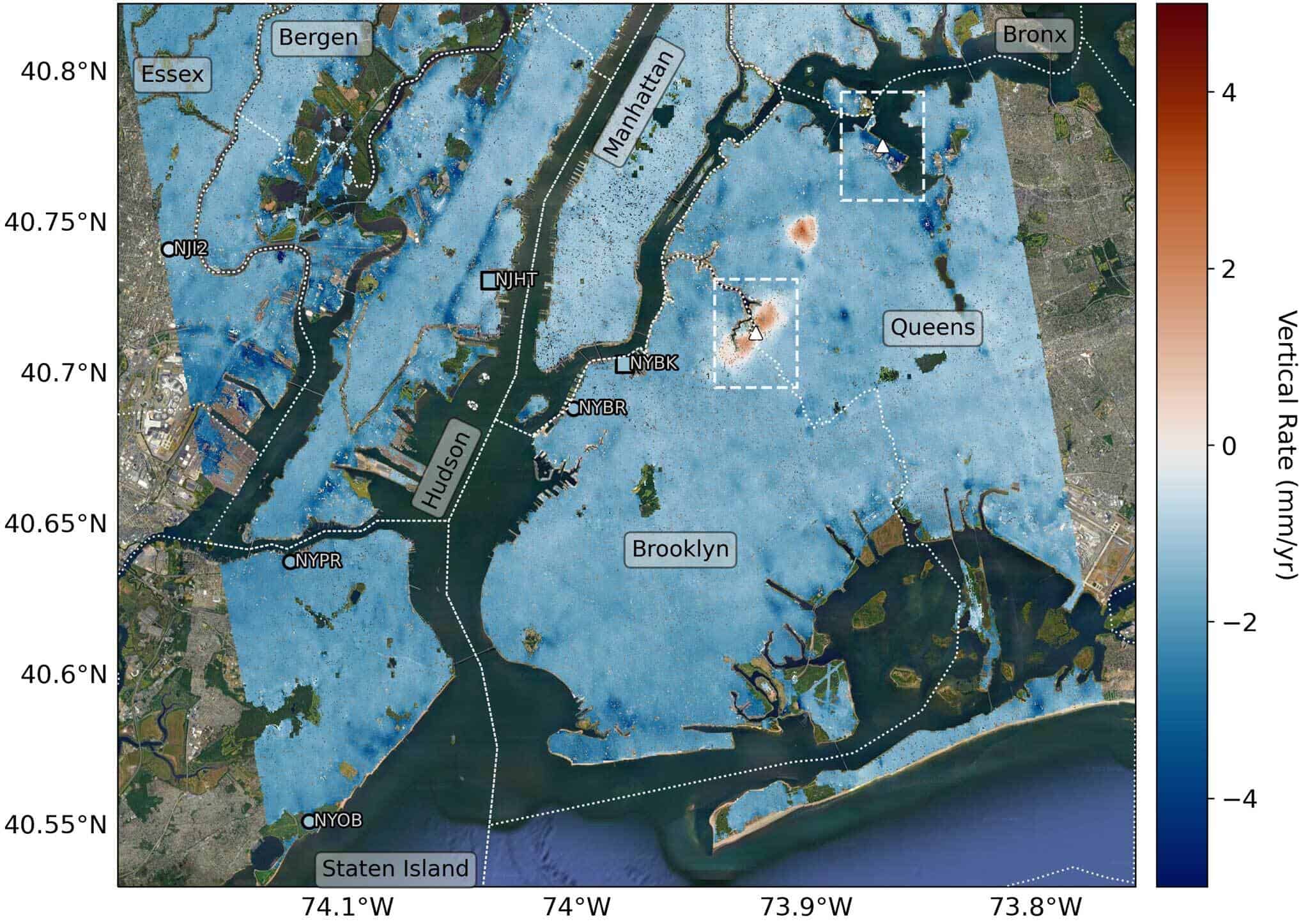Venus is a planet so similar to Earth in size and composition. It has often been referred to as Earth’s sister planet. It has also often been the subject of conjecture. Could Venus once have supported life? Did it ever contain liquid water? Now, a study led by the University of Cambridge has put a damper on those who supported the “once-like-Earth” theory. The second planet has likely always been a barren, inhospitable hellscape.
Published in Nature Astronomy, the study reveals that Venus’s interior is far too dry to have been able to support liquid water at any stage of its existence. By examining Venus’ volcanic activity and atmospheric chemistry, the researchers determined that the planet was shaped by a relentless desiccation process that began early in its formation.
The study focused on Venusian volcanism, a key to understanding its internal composition. Here on Earth, volcanic eruptions are rich in water vapor, reflecting a water-laden mantle. On Venus though, the composition of volcanic gases tells a different story. The study found these emissions contain at most six percent water. This figure is so low it points to a water-depleted interior.
“Even though it’s the closest planet to us, Venus is important for exoplanet science, because it gives us a unique opportunity to explore a planet that evolved very differently to ours, right at the edge of the habitable zone,” said first author Tereza Constantinou, a PhD student at Cambridge’s Institute of Astronomy.
This finding sheds light on a long-standing debate about Venus’s history. Some scientists have argued that Venus may have started with conditions like Earth’s when it was formed some 4.6 billion years ago. This included shallow oceans and a temperate climate before massive volcanic activity triggered a runaway greenhouse effect. Others suggest Venus was born too hot for water to condense, leaving it parched from the beginning.
The data from Constantinou’s team aligns with the second theory. Venus likely began as a molten planet surrounded by a thick steam atmosphere. As time passed, intense solar radiation stripped hydrogen from the atmosphere, leaving behind a barren, uninhabitable land.
The study results could also aid the search for exoplanets — and even alien life. Many rocky worlds orbiting other stars share characteristics with our sister planet, particularly those near their star’s inner habitable zone. If Venus’s history is typical of such planets, their potential to support life may be far lower than previously thought. This would pour water on the assumption that planets elsewhere in the universe like Venus could currently, or once have held, life as we know it.
“If Venus was habitable in the past, it would mean other planets we have already found might also be habitable,” Constantinou said. “But if Venus was never habitable, then it makes Venus-like planets elsewhere less likely candidates for habitable conditions or life.”
NASA’s upcoming DAVINCI mission (Deep Atmosphere Venus Investigation of Noble gases, Chemistry, and Imaging) will soon offer a closer look at Venus, exploring the planet’s atmosphere and surface. With hope, the mission could confirm whether Venus’ lack of water and life was as complete and early as the study suggests.
“We won’t know for sure whether Venus can or did support life until we send probes at the end of this decade,” Constantinou said. “But given it likely never had oceans, it is hard to imagine Venus ever having supported Earth-like life, which requires liquid water.”
The solar system’s hottest planet remains a planetary paradox—similar enough to Earth to invite comparisons, yet extremely different in its trajectory. By understanding Venus’s past, astronomers can refine their criteria for identifying planets that might sustain life, helping to focus efforts on the most promising candidates. Venus, though barren, remains an important piece of the larger puzzle of planetary science.
“We would have loved to find that Venus was once a planet much closer to our own, so it’s kind of sad in a way to find out that it wasn’t, but ultimately it’s more useful to focus the search on planets that are mostly likely to be able to support life – at least life as we know it,” Constantinou said.










